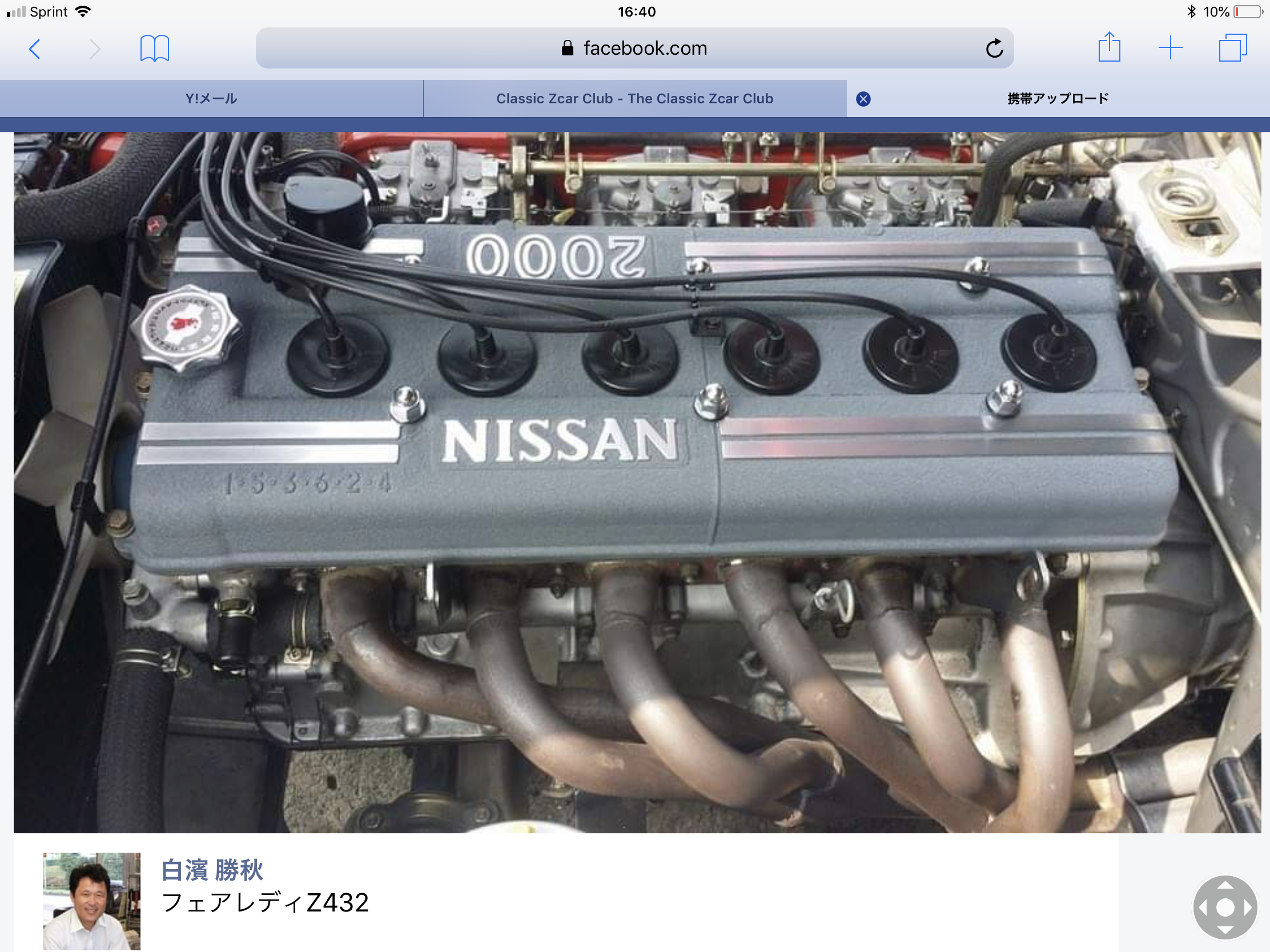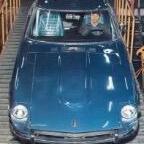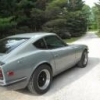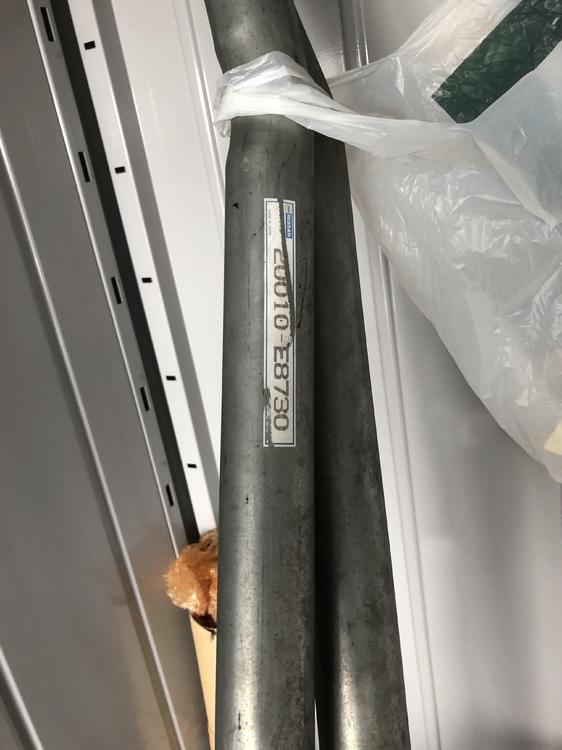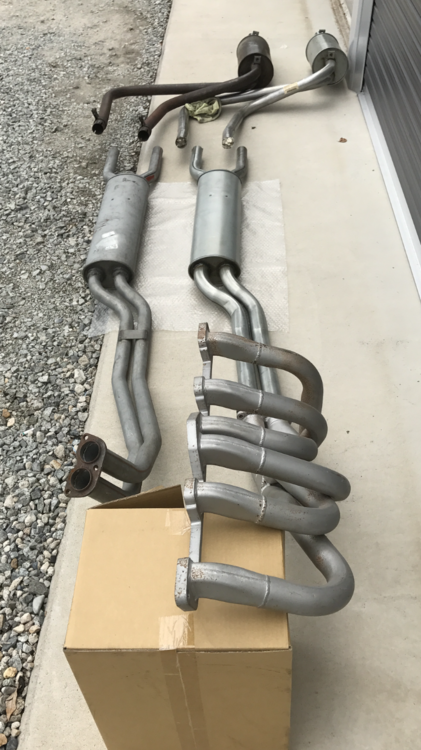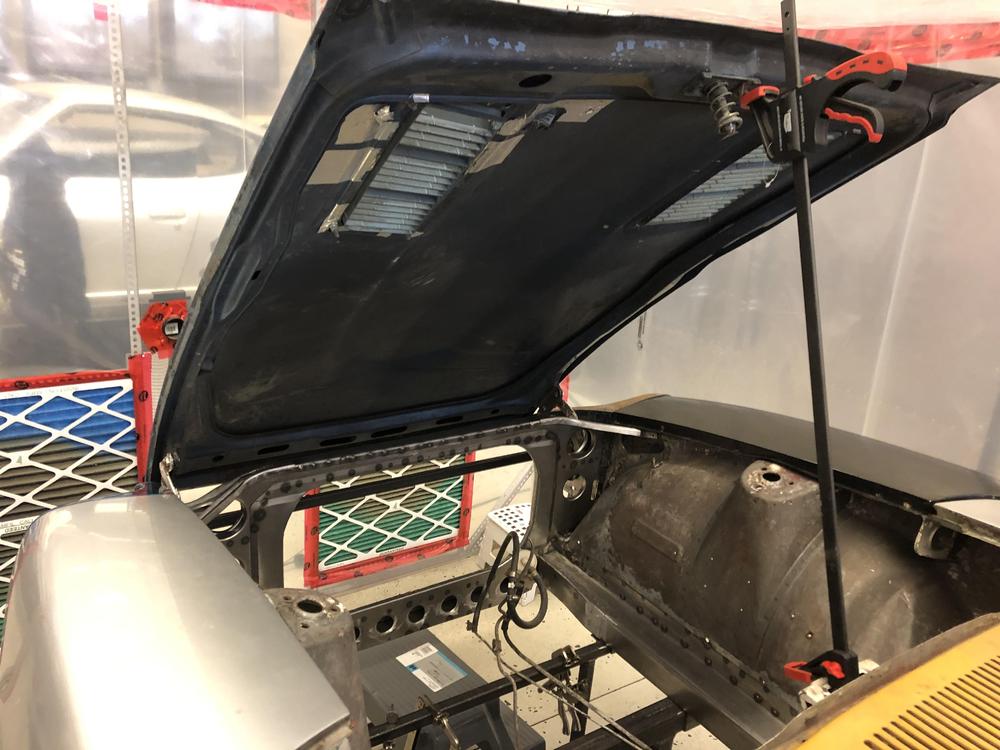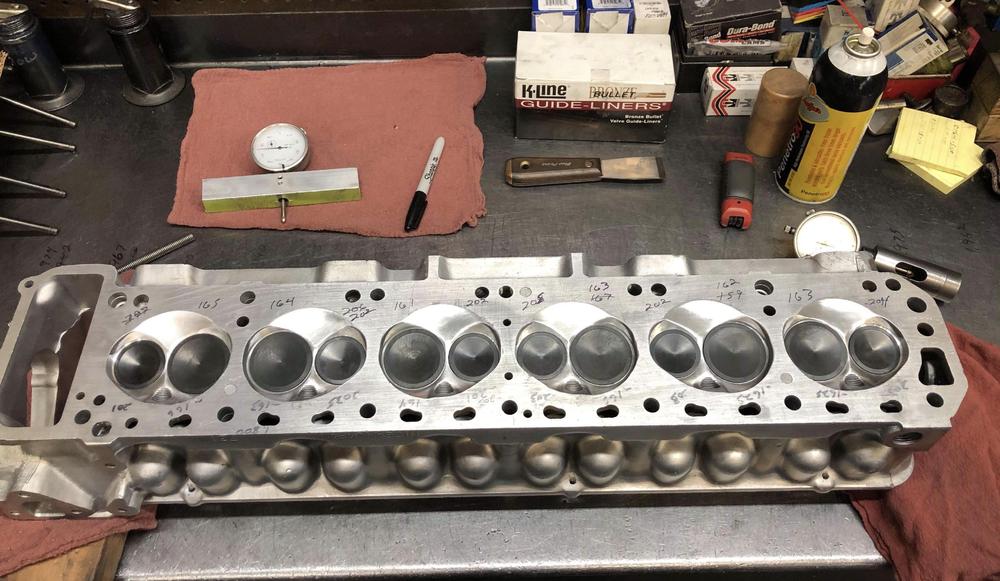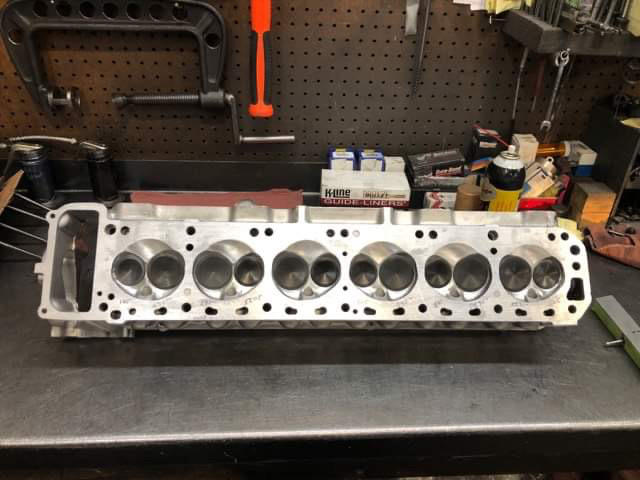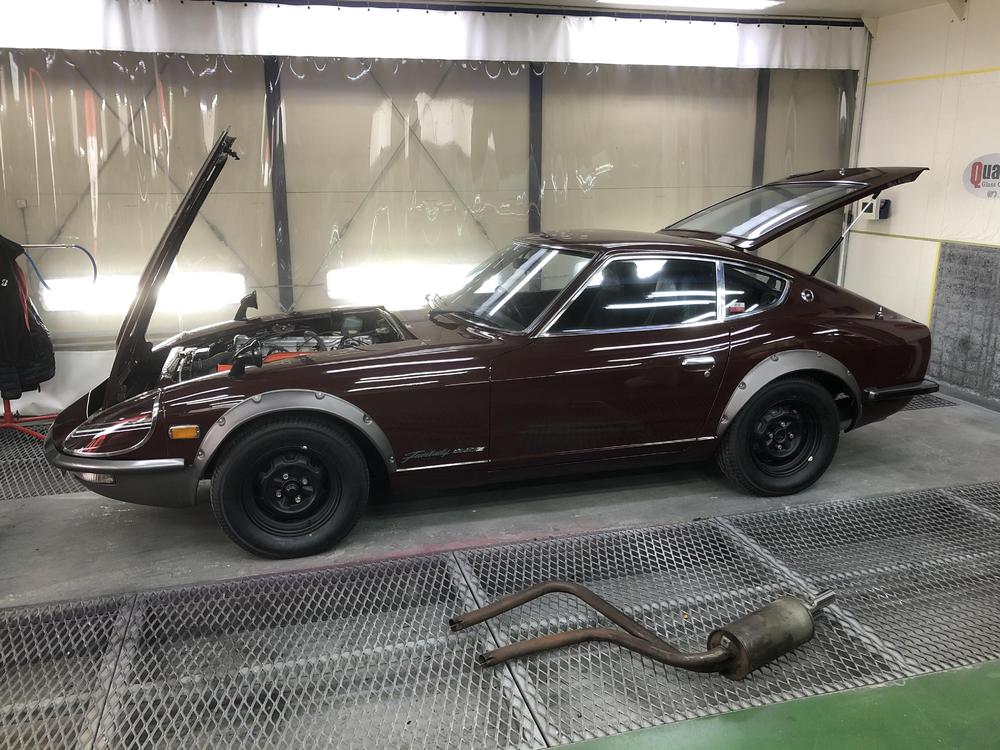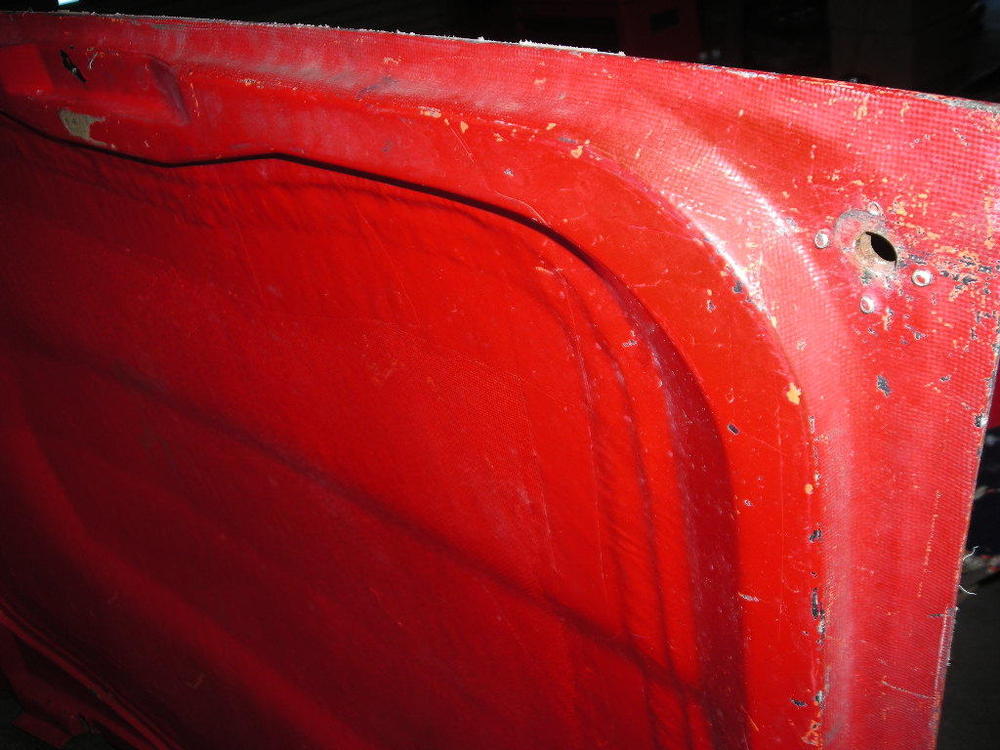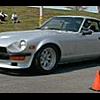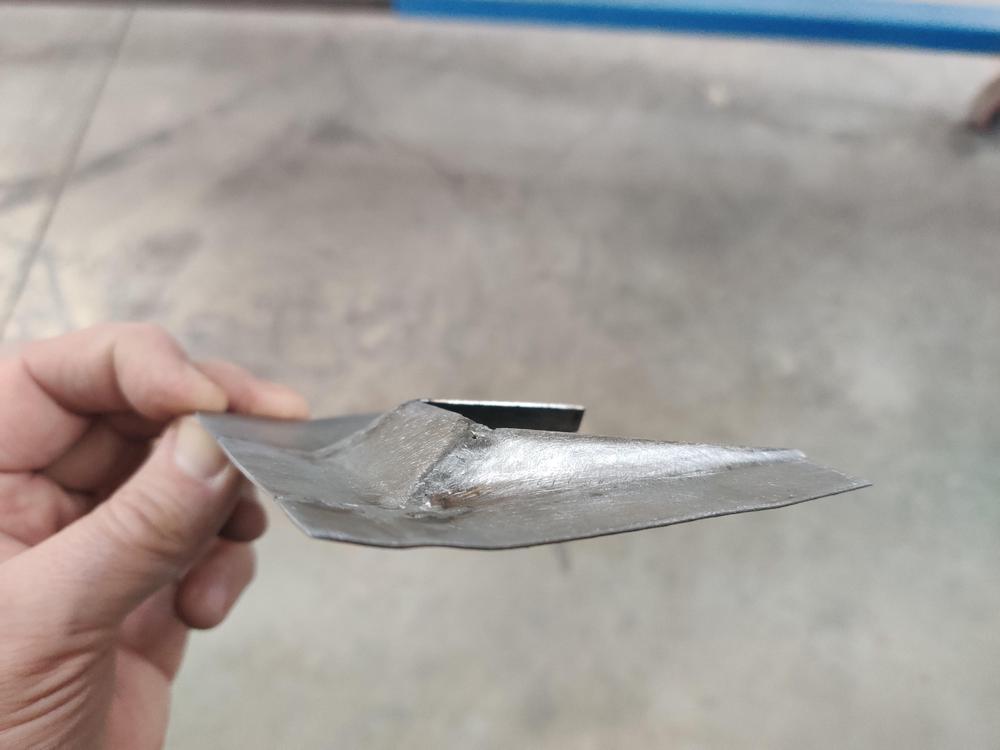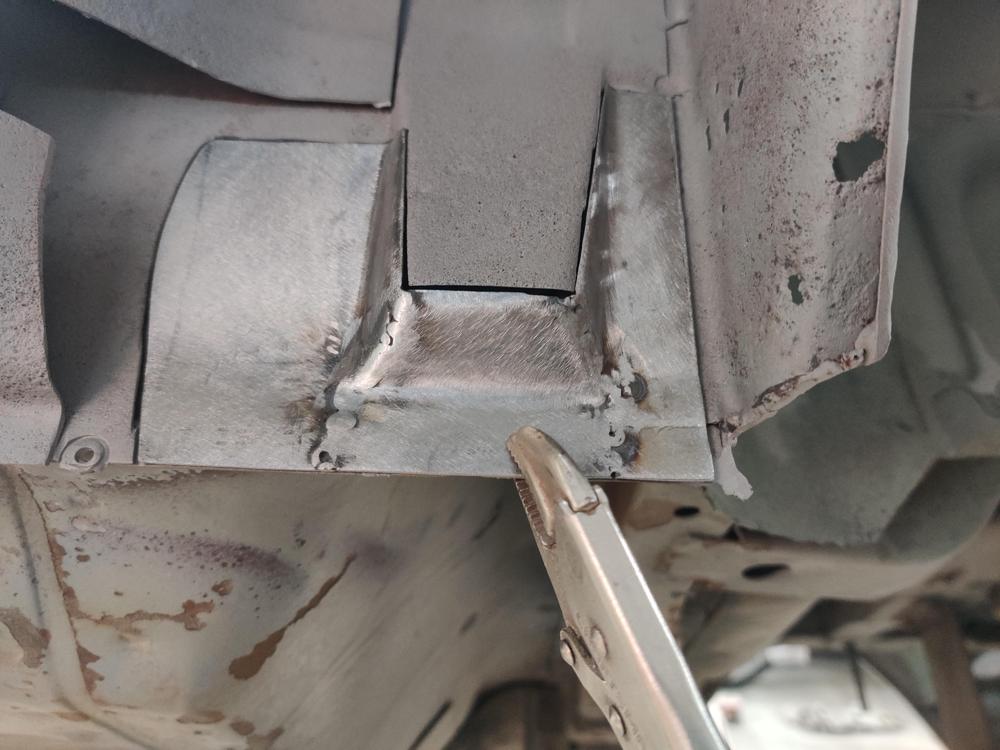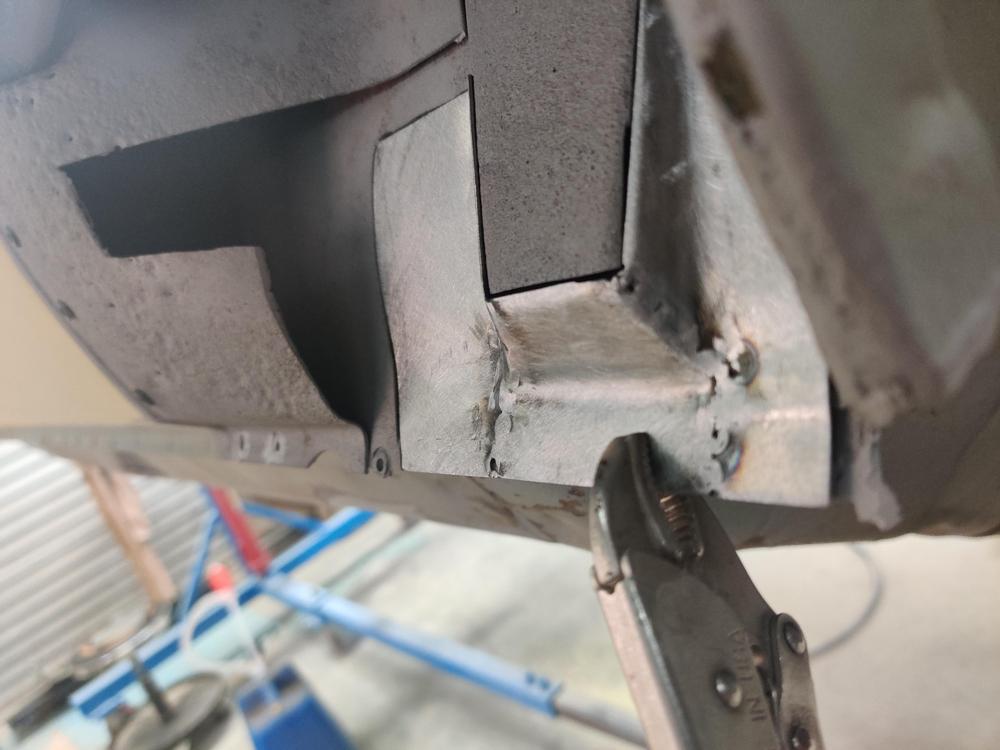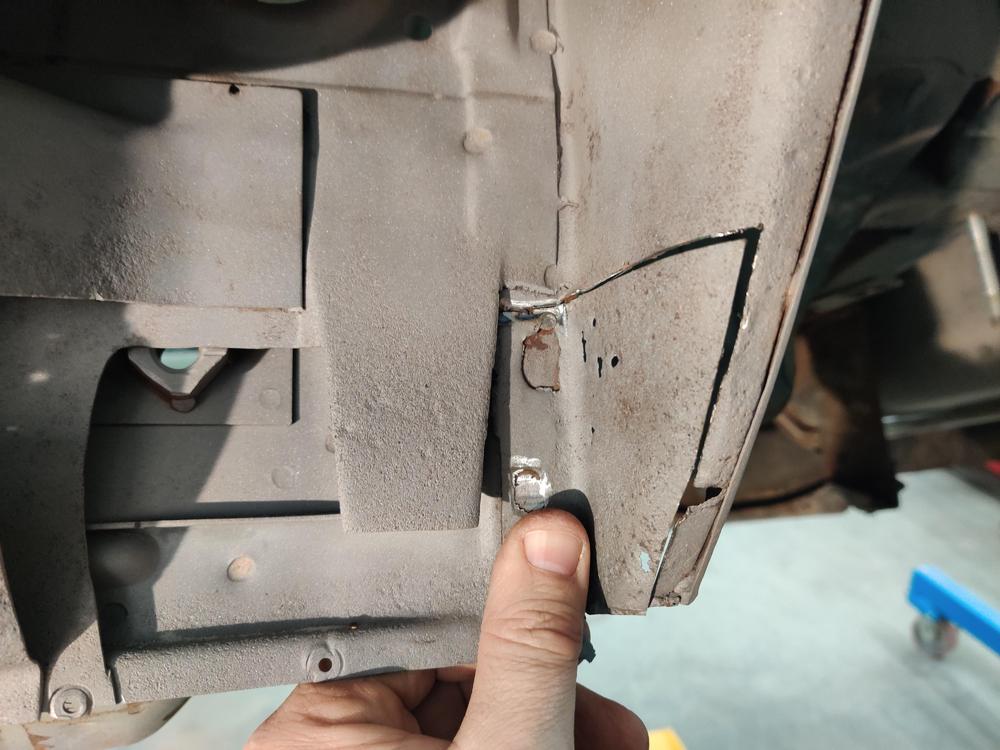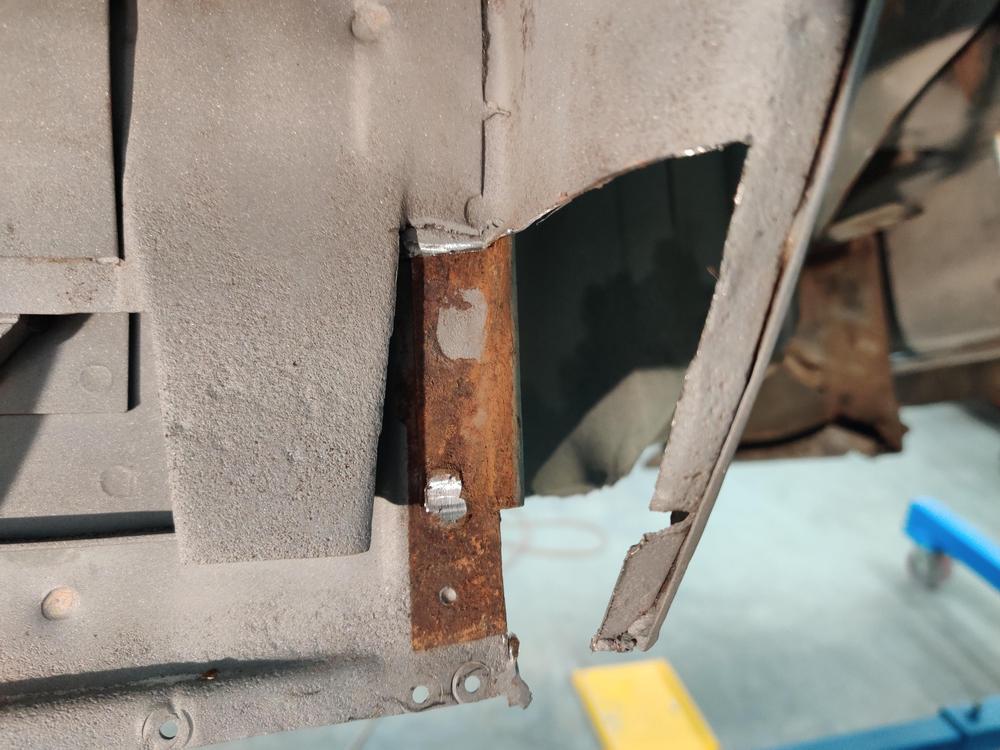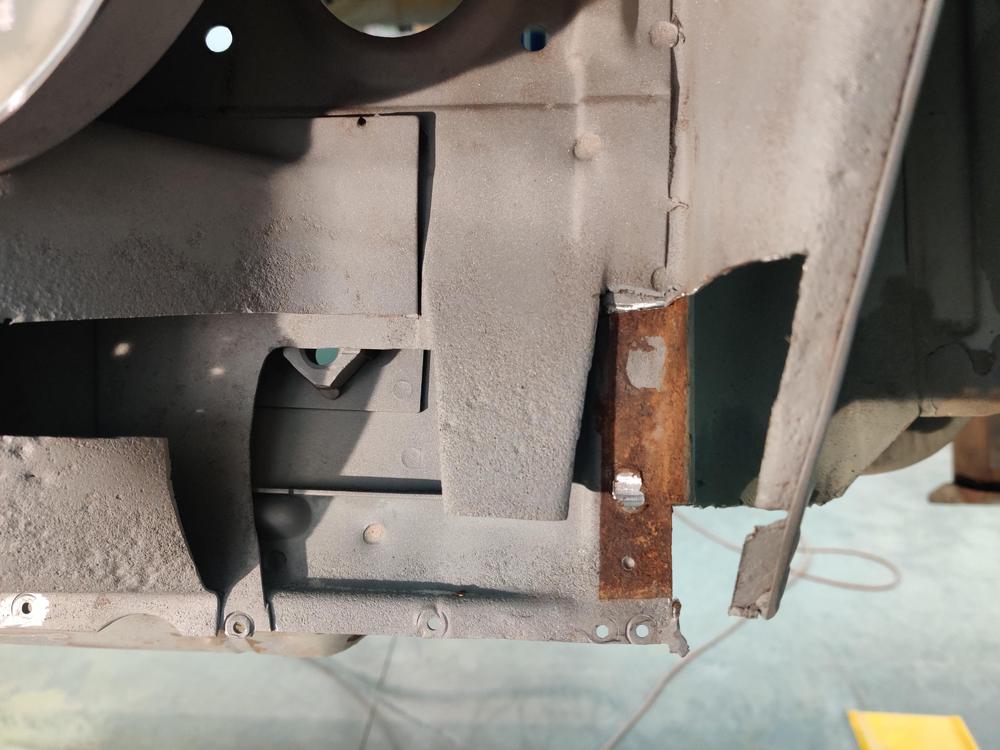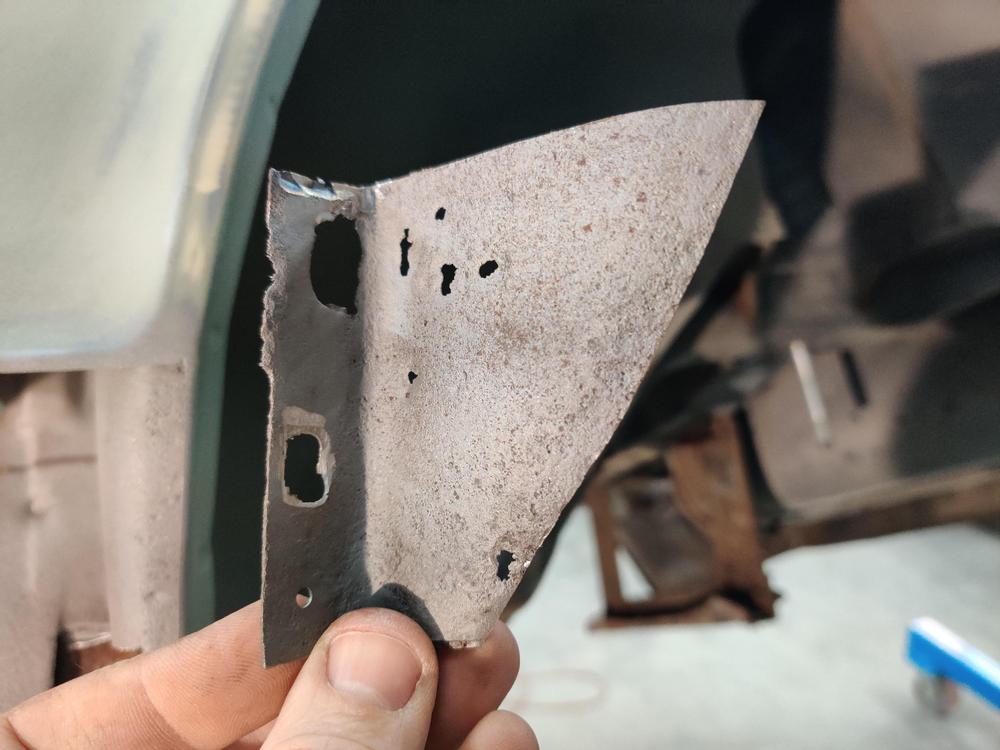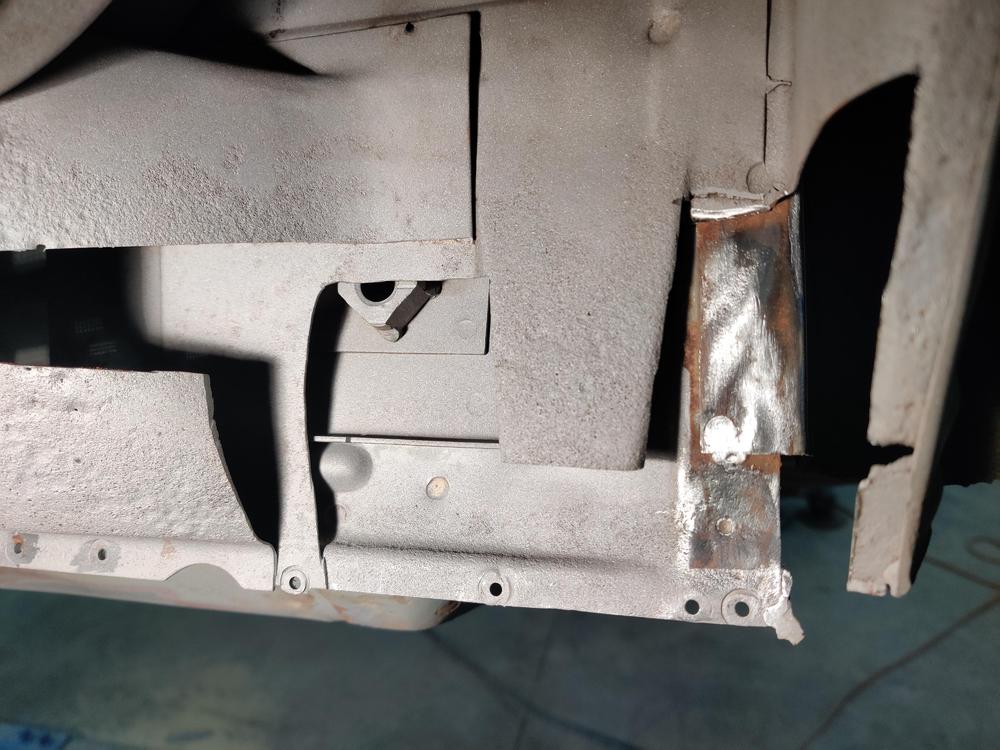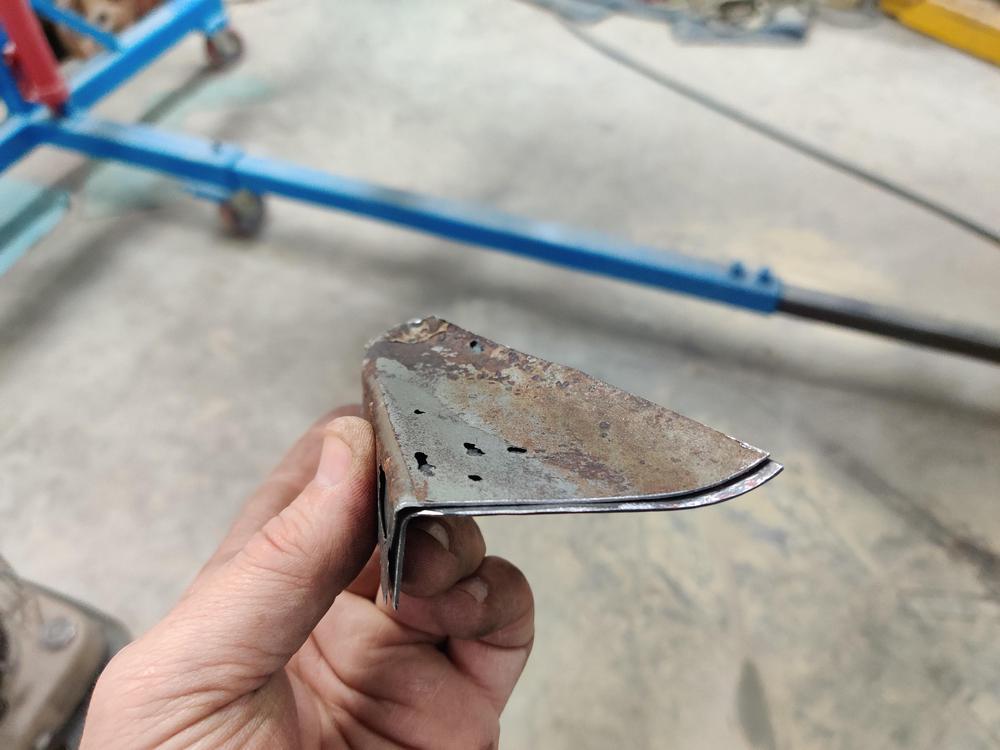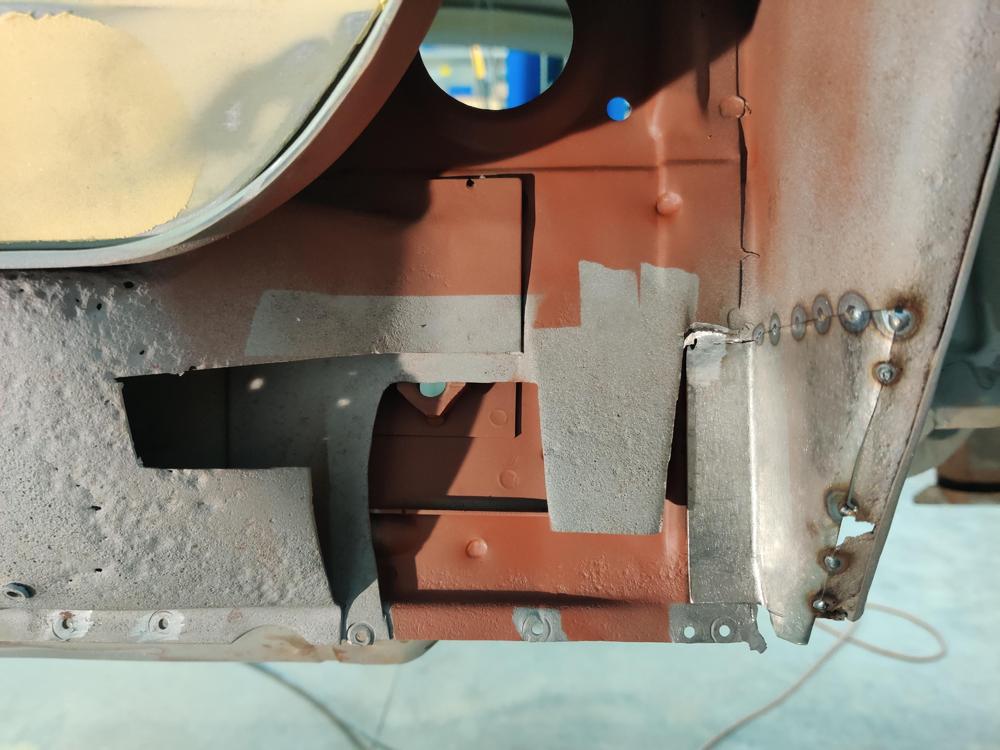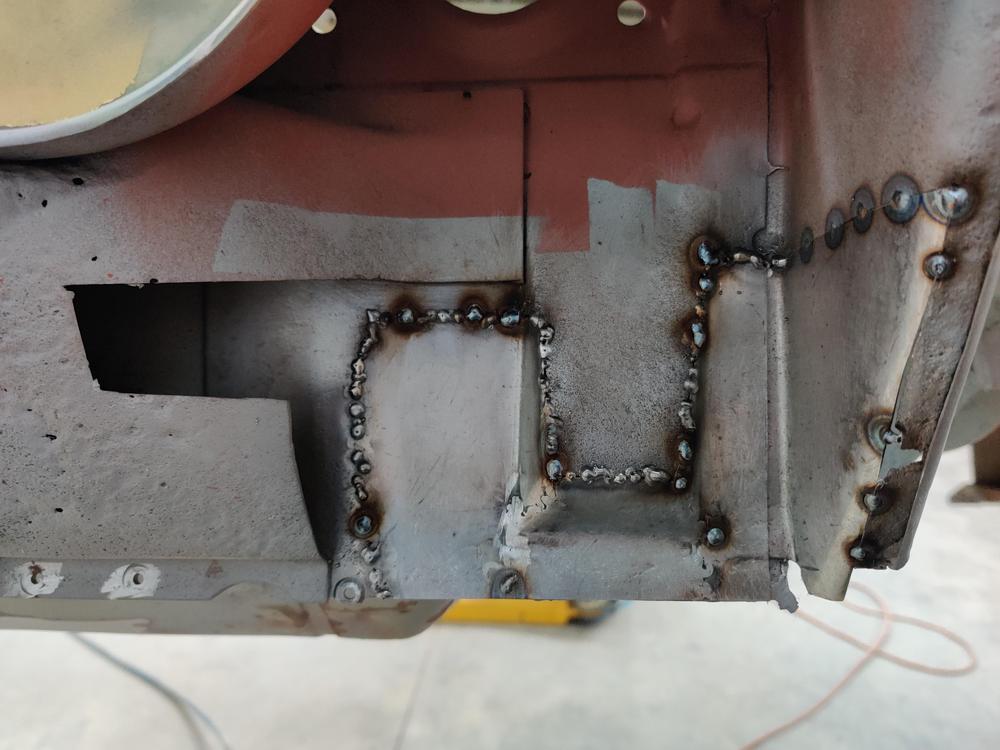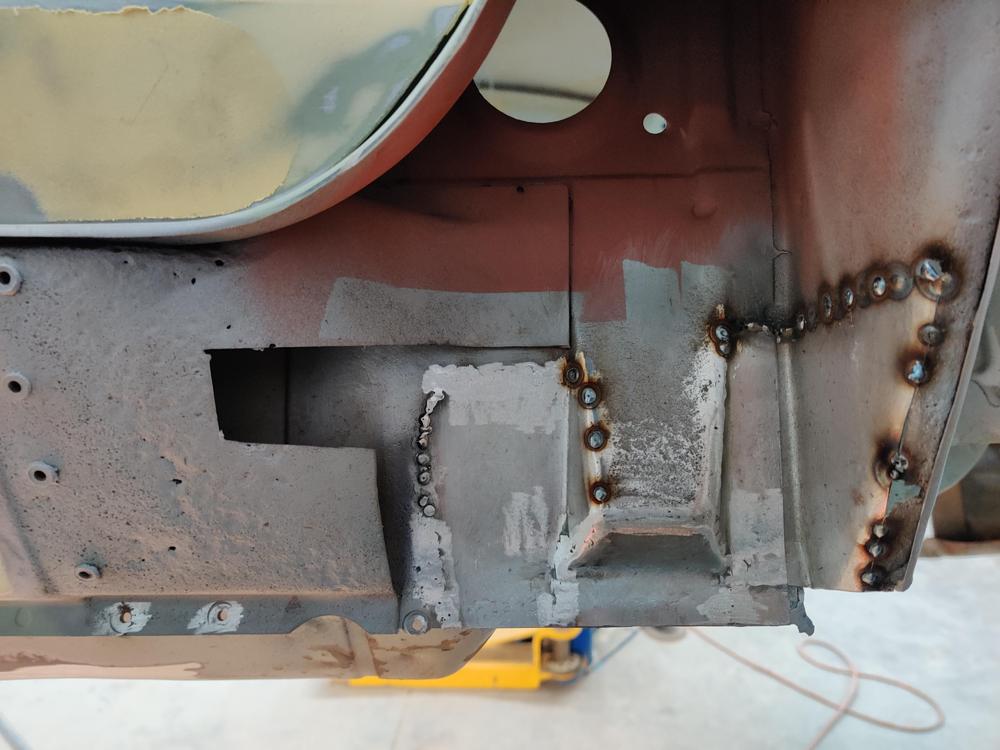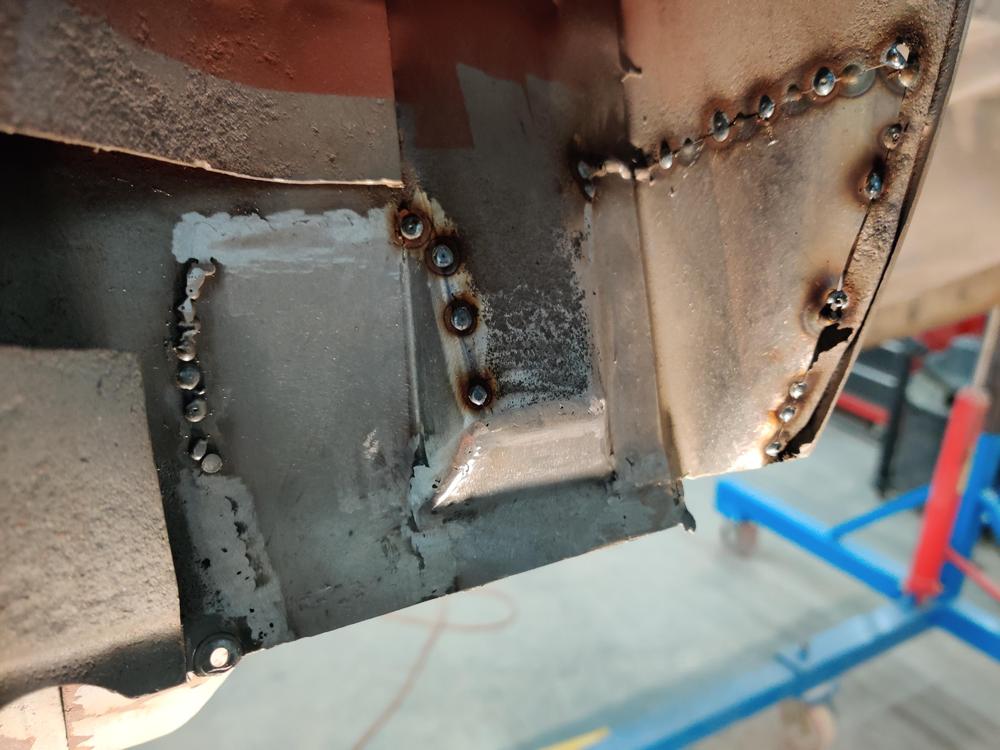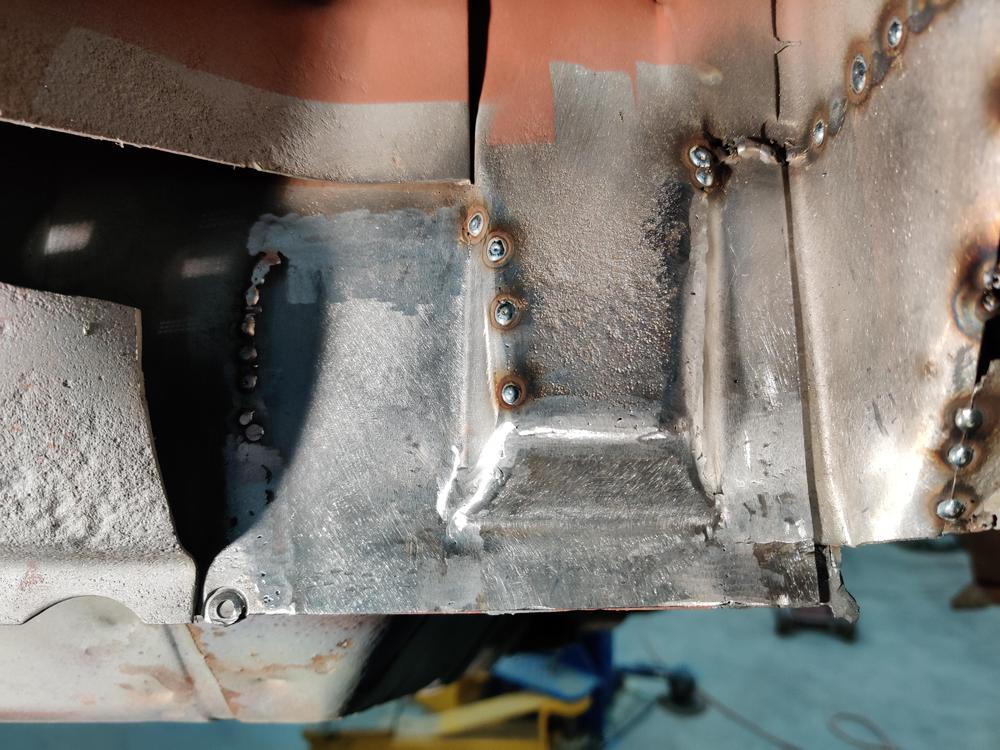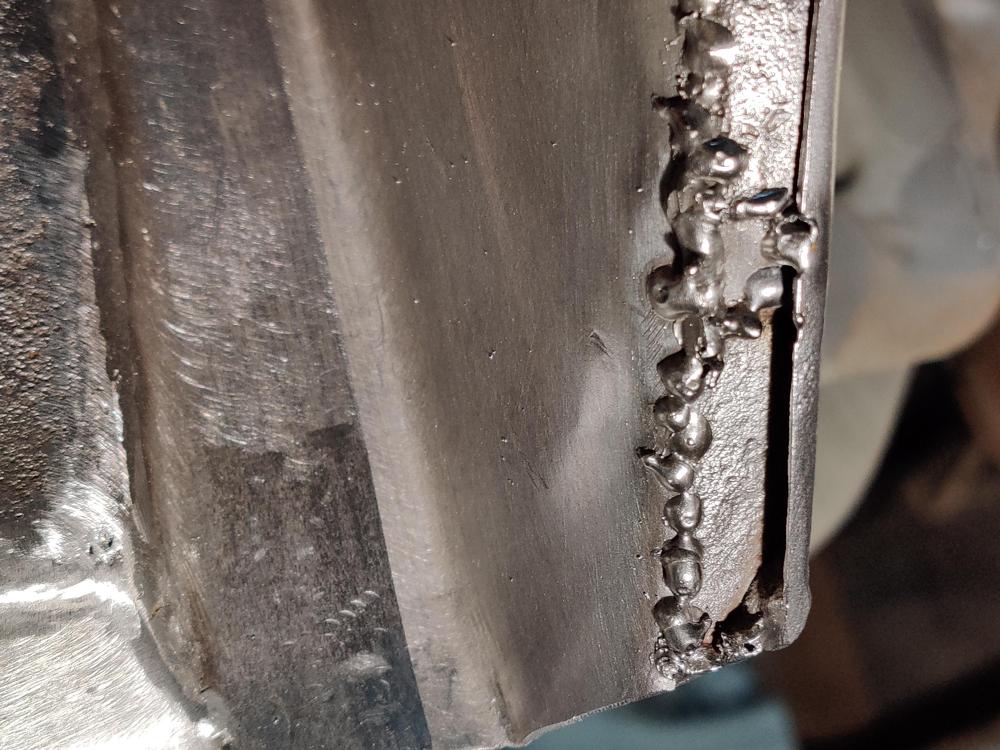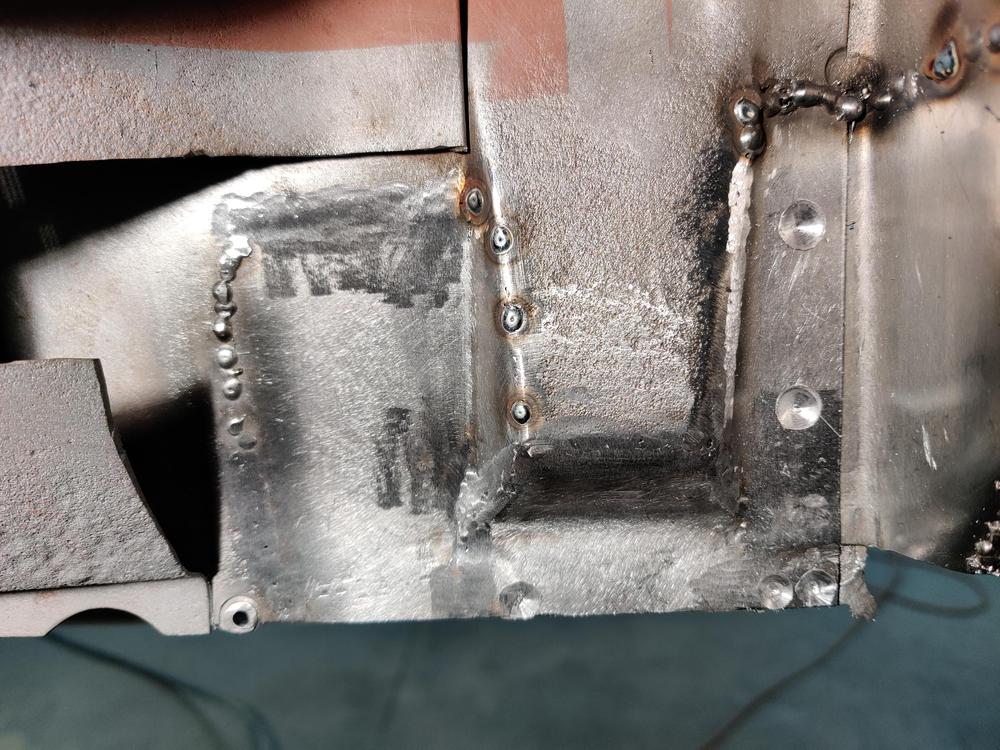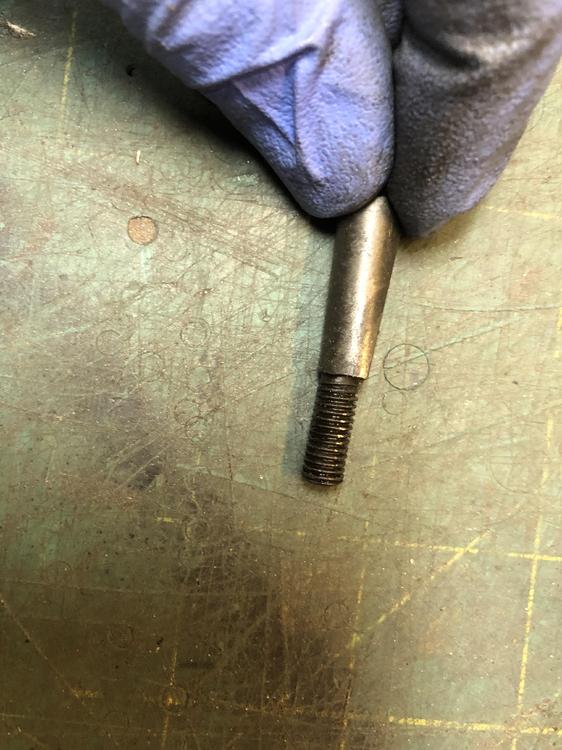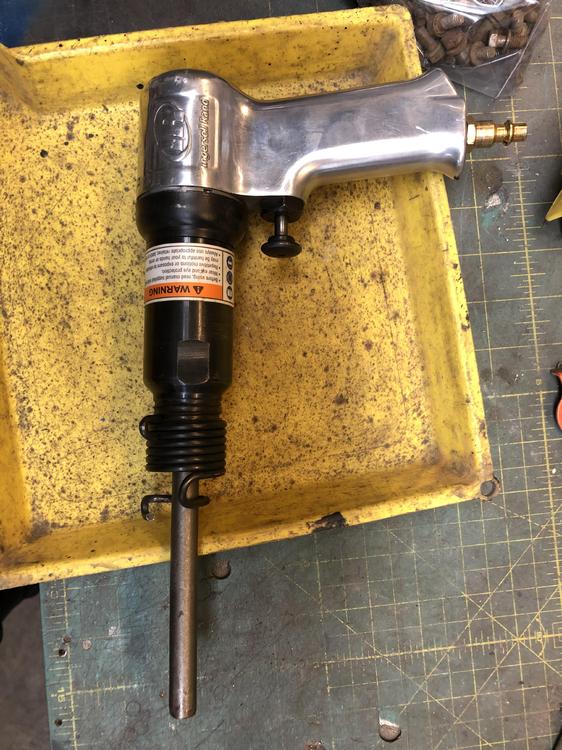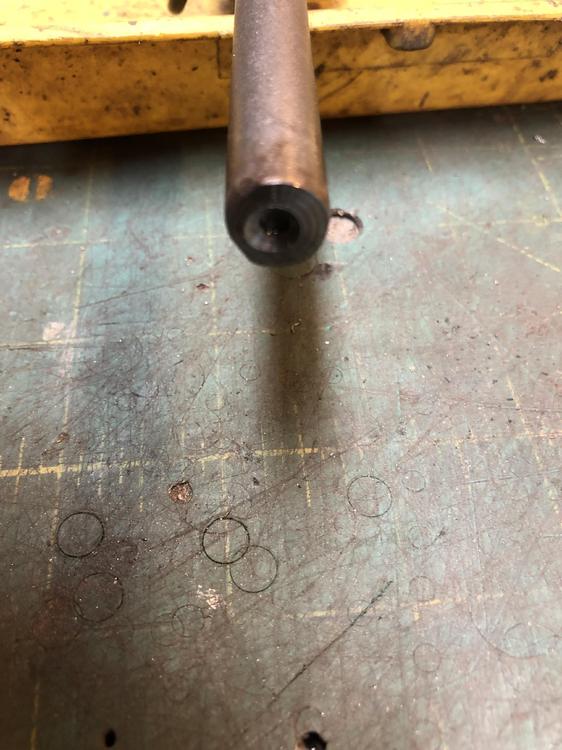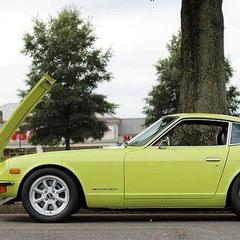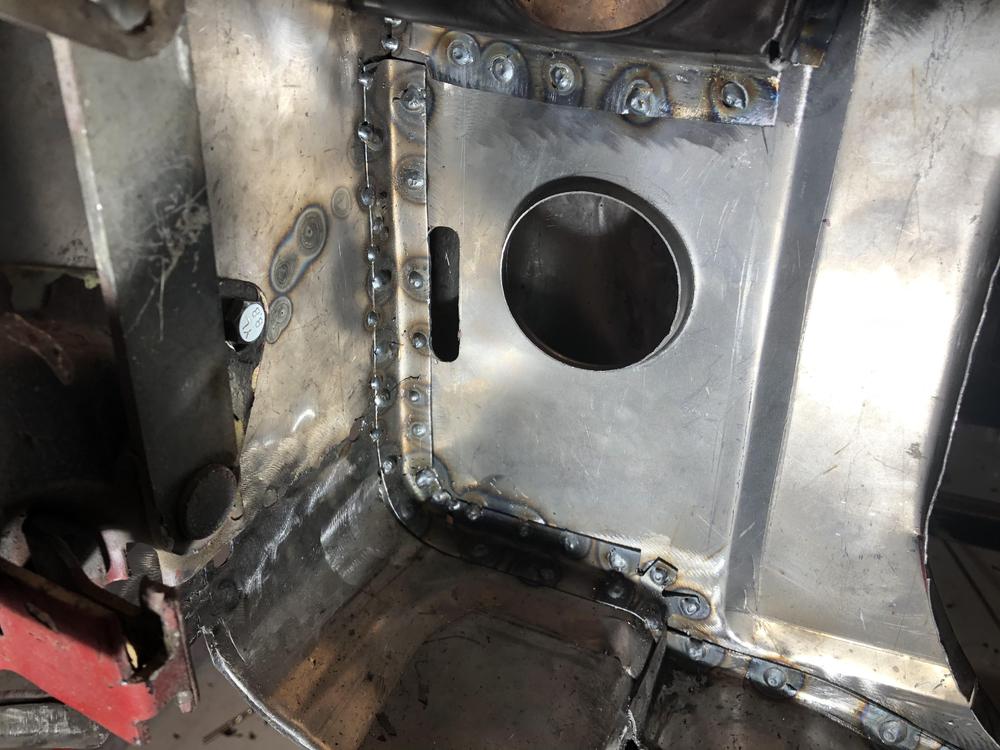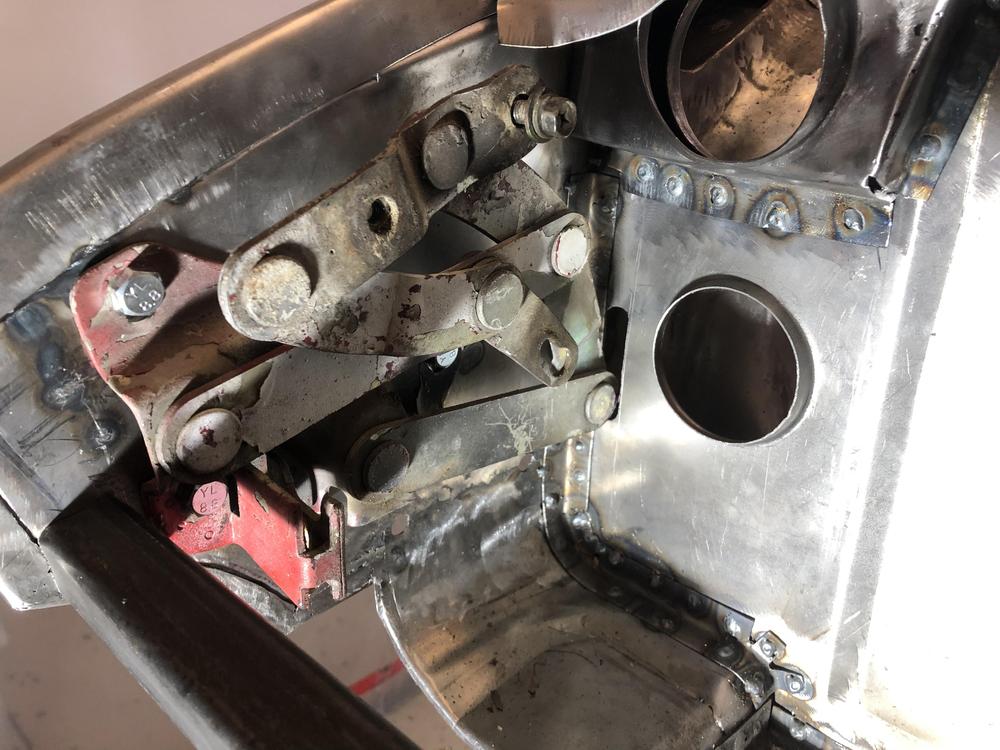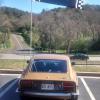Yes, you are correct that I should have done this from day one. However, due to my limited knowledge of the Japan market when we first started (and my young inexperienced self), it wasn't really pondered until now. I attribute this change to a recent visit to Japan, having the honor to meet Kats, and a short drive in his 432. I fell in love with the car and became wildly fascinated about it. Also considering my total lack of understanding about the R-series (see above), I decided to make this addition to the club.
While I agree that most of the 432 discussions are mixed throughout the site into other threads, I still think we could use some dedicated space for the car. Here's what I am planning:
Create a new forum category for the Japanese market cars -- both 432 and regular market cars.
Find specific forum threads about the 432 & 432-R, and move the entire thread into this new area.
Find images about the car, and post links to the new area. I believe you also have some.
Existing threads that have a 'blend' of both standard S30 (or US market S30) content with 432 content will NOT be pulled apart. I do not believe in taking apart conversations. However, if the content is focused on the 432, I would like to move the whole thread into the new area. Regarding the Kats thread, I agree it has been wildly popular. Finding the thread was a bit more difficult because it was buried.
The idea behind this change is to allow people to research based on their specific interest in the Japanese market. Before this change, it was rather difficult to find information without hours of searching and reading. This may help put a focus on the area -- very similar to the Scarab, 240k, roadster, and other areas. Please let me know your thoughts.
